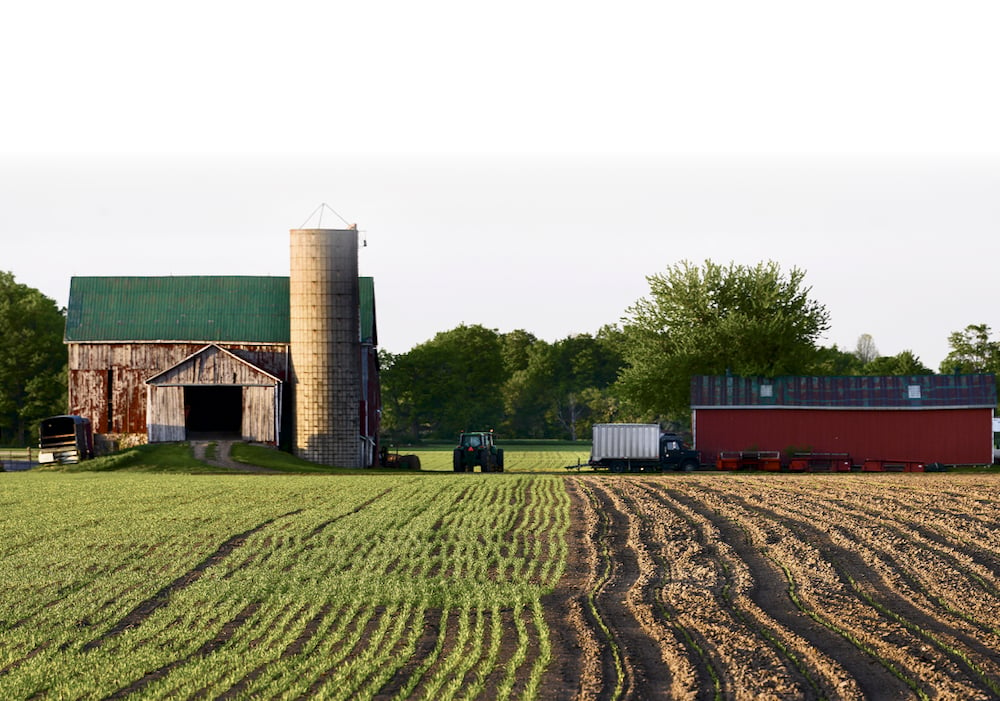Senate report calls for soil strategy, national soil advocate

A recently released Senate committee report says Canada requires a long-term soil conservation and protection strategy.
Read Also

Opinion: Farmer frustration finds political success in Europe
There’s palpable frustration on farms in Europe and it’s spilling from the countryside into political action – and success. The…
Ontario Senator Rob Black said the strategy is a priority among the report’s 25 recommendations and should contain concrete targets, regularly reviewed timelines and provisions, a government-appointed national soils advocate, and designation of soil as a strategic national asset.
Why it matters: The Senate report was informed by a two-year study on the state of Canada’s soils.
“The identification of a soil advocate would be relatively easy to undertake with the right individual, and it would put the strategy and the issue in perspective,” said Black, the agriculture and forestry committee chair, during a news conference.
Building on the 40-year-old Soil at Risk report, the new report is called Critical Ground: why soil is essential to Canada’s economic, environmental, human and social health. It points to urbanization, misread soil management practice outcomes, extreme weather events and climate change as contributors to Canada’s degrading soil conditions.
“We do not, and I repeat, we do not have another 40 years to protect and conserve our soil. We must act now,” said Black.
The study determined the need for a central database and consensus on measuring, reporting and verifying soil health. It said Ottawa, provinces, territories, academia and producers should collaborate to create a national soil institute and database.
Megan Sipos, Greenbelt Foundation’s research and policy manager, said a standardized measurement system is critical to evaluate organic carbon, compaction or erosion fluctuations.
“How can we develop a national picture of soil health unless we’re all using the same methods and approaches?” she told Farmtario. “Another important recommendation is increased support for early adopters and peer-to-peer learning.”
An inclusive suite of programs that recognize early adopters’ educational and innovative value and encourage ongoing investment would increase uptake, she added.
“The investment in extension services and also the call for more peer-to-peer learning networks across Canada are both really important to generate more BMP (best management practices) adoption across Canada,” Sipos said, especially since extension services have had funding cuts in the last 20 years.
Laura Van Eerd, a professor of sustainable soil management at the University of Guelph Ridgetown Campus, said Soils at Guelph (the province-wide soil health assessment scoring system project) dovetails with the call for more accessible data-driven collaboration between researchers and farmers.
Soils at Guelph, in partnership with the Ontario Agricultural College School of Environmental Sciences, invested in soil health and function monitoring devices, including lysimeters at the Ontario Crops Research Station in Elora. These devices compare different soils under the same conditions to evaluate and improve soil health.
This helps “quantify the impact of changes in soil management, including the use of crop rotation diversification and use of cover crops on the benefits derived from improved soil health,” said Claudia Wagner-Riddle, Soils at Guelph co-executive director, in a press release.
“We understand that agricultural soils need to be managed in such a way that they maintain their functions and continue to provide the key services that we rely on,” said Kari Dunfield, Canada Research Chair in Environmental Microbiology of Agro-ecosystems, in a release.
“Protecting soils and soil biodiversity are critical for Canada’s ability to meet the 17 Sustainable Development Goals and address society’s most pressing social, economic and environmental challenges.”
Despite the existence of state-of-the-art soil mapping technology designed to identify productive soils, the most recent national reports are nearly a decade old, the Senate committee found.
“One of the first questions was ‘let’s see the baseline report and information.’ We don’t have that across Canada,” said Black. “Funding is critical, and it will, in my mind, make or break the work of this report.”
Rick Munroe, of the National Farmers Union climate committee, said the group supports a recommendation to revive the defunct Prairie Farm Rehabilitation Administration as the Canadian Farm Resilience Agency. It could help farmers with climate change adaptation, resilience building, and emissions reductions while maintaining yields and net incomes.
“Protecting soils and supporting farmers as climate impacts intensify are both crucial tasks,” said Munroe. “A CFRA could help do both.”
According to the Food and Agricultural Organization of the United Nations, more than 30 per cent of the world’s soils are already degraded and without mitigation, that percentage is projected to rise to 90 per cent by 2050.
The federal government has 150 days to respond to the Senate committee’s report but Black hopes it resonates with all levels of government and Canadians because the issue of healthy soil affects everyone.
While the Senate committee is “not the boss of anybody,” Senator Paula Simons, deputy chair, said she hopes the report sparks a national conversation and provokes a paradigm shift in Canadians’ recognition that soil matters to everyone, not only farmers, ranchers and foresters.
“It matters to Canadians who care about not just our future economy but our future environmental and physical health,” Simons said.
Source: Farmtario.com

